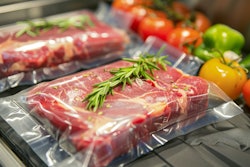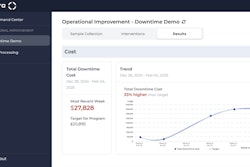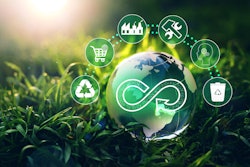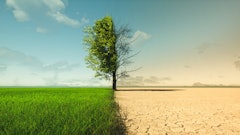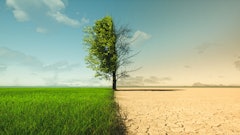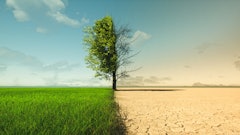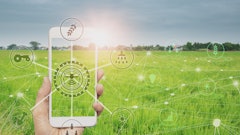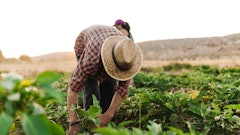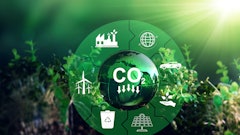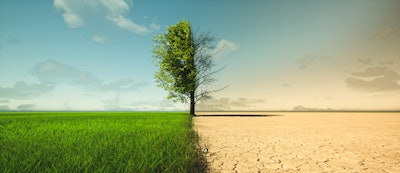
Flood events tend to make the headlines since they are typically short-term incidents that have major ramifications. Droughts, on the other hand, evolve over extended periods. While the timescale is different, the impacts can be just as significant.
“As we transition from winter to spring in the Northern Hemisphere and summer to fall in the Southern Hemisphere, there are numerous areas that have evolved into severe dryness (drought). Impacts have already occurred on account of these conditions, especially in the Southern Hemisphere. In the Northern Hemisphere, some impacts have already occurred, but the bigger concern is the future impacts on the supply chain during the upcoming warm season – spring and summer,” says Jon Davis, chief meteorologist for Everstream Analytics.
Key takeaways:
- While Brazil is the largest country in South America, it’s also one of the world’s most significant agricultural producers. Much of Brazil has experienced bouts of heat and below normal rainfall during the summer months; the December through February period is the core of summer in the Southern Hemisphere. On the agricultural side, the extreme dryness has impacted late summer crop development for coffee, sugar cane, and citrus; southeast Brazil is the core growing area for these crops. The stress on the crops will hurt this season’s output. On the non-agricultural side, the acute dryness has stressed water resources for hydro-electric generation, manufacturing, and drinking water.
- In the Northern Hemisphere, one of the “hotspots” that has developed is the Southwest U.S. and northern Mexico. This area has been extremely dry since last fall and has started to impact a wide range of sectors, including agriculture, livestock, and manufacturing.
- Europe, especially the central and eastern sections, has had a very dry winter. This has resulted in a decrease in soil moisture reserves to historically low levels. The soil moisture deficit is not a problem now, but it will quickly become one unless abundant rains develop this spring in the driest areas.
- Agricultural impacts, which have already occurred in Brazil and Mexico, and energy impacts (lack of water for hydroelectric generation) are already impacting one part of the end-to-end supply chain in these areas.





